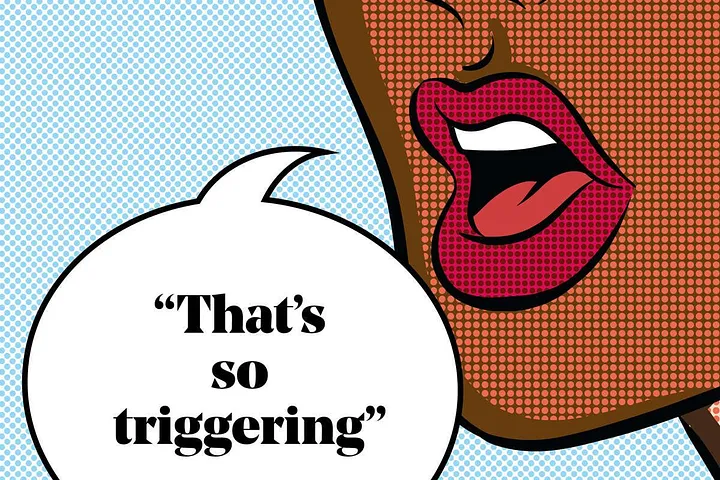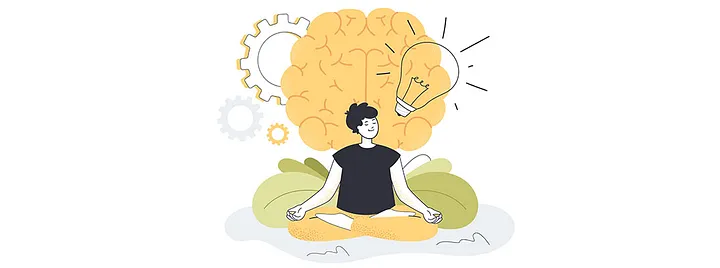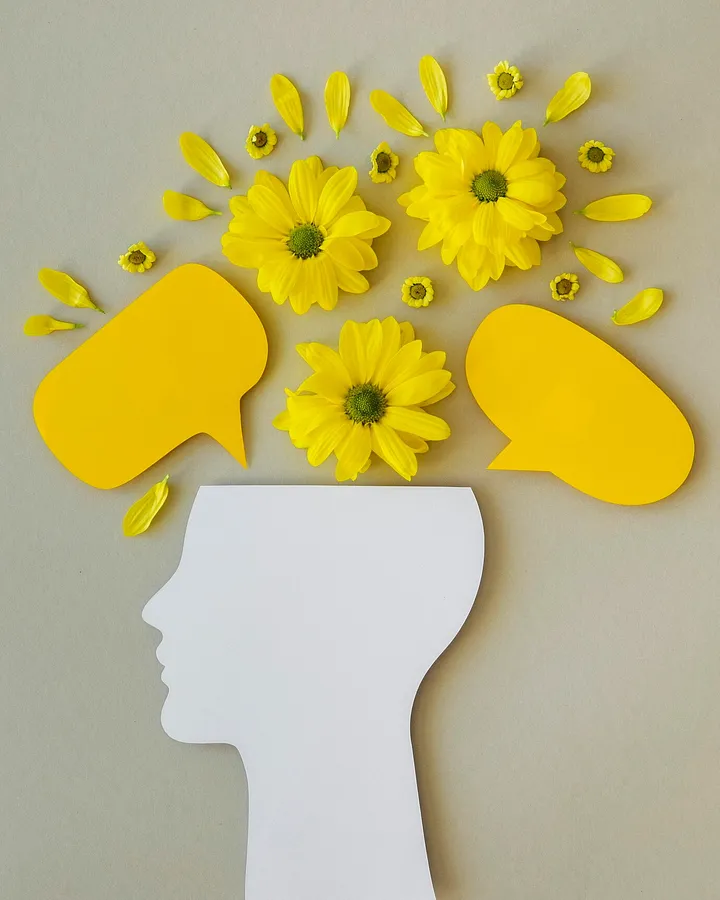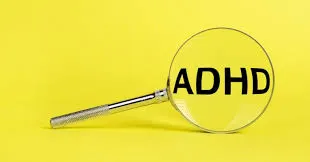Is your IG feed and YouTube doom scroll leading you to doubt whether you have ADHD? Do you often zone out of conversations, classes, or while reading? Do you relate to being a procrastinator? Do you go back and forth while leaving home because you forgot your phone or keys or something else? Have people called you lazy, forgetful, and careless, where you almost believe them. But, deep down, it feels more like a paralyzing “I can‘t seem to do it, not like I don’t want to!” Chances are that you might be an ADHD-er! Let’s have a look at some indicators that may qualify you to get screened for ADHD besides the fact that you may feel you have ADHD! You end up getting easily distracted, have a hard time completing tasks, or are forgetful. Engage in high-risk driving, any kind of substance use, or binge eating. Get fidgety in situations and have issues like anxiety or having trouble with your mood. Persistently feel that you can never reach your potential. Current researchers are contesting the popular belief that ADHD is a disorder of attention by calling it more of a disorder of intent. It can be understood as a disorder of a set of skills which help you strategize, plan and execute. Everybody experiences issues; like forgetting to pay the bills, spacing out during a conversation, or missing deadlines. But for ADHD-ers, these are constant and can lead to chaos in their life, making it harder to perform the tasks despite knowing how to. Chaos manifests difficult life circumstances and a lowered quality of life and well-being. These persistent imposing symptoms can cause a series of failures, which leads to feelings of shame, guilt, and make one not believe in themself. Milkrosi et al. conducted a trial in 2016 by taking accounts of people with ADHD brought to light the behaviors of chronically avoiding doing certain things because they have convinced themselves of facing imminent failure. ADHD is a disorder that is seen to persist across one’s lifespan. Typically, it gets diagnosed in childhood. However, as the symptoms can go unnoticed, they can get diagnosed as late as in their old age. These are behavioral issues and they come with a societal stigma. This stigma, when internalized, leads to the under-reporting of symptoms. ADHD-ers often misunderstand them as personal shortcomings or failures. Anxiety disorders, depression, and substance abuse disorders commonly co-occur with ADHD and many times are the primary targets of treatments. Whereas the underlying ADHD can get potentially missed and untreated. Women and individuals with a high IQ have a higher likelihood of being undiagnosed till a later stage in life. Here’s a plus, ADHD-ers are creative problem solvers and they develop unique strategies to mask the symptoms. Making it difficult to diagnose. Untreated ADHD is a Shakespearean tragedy that poses a risk to the individual’s life. It increases the odds of the individual facing issues like, disturbed relationships, work and academic difficulties, accidents, and trouble with the law have a higher occurrence in the lives of people with ADHD as compared to others. There are three subtypes of ADHD: predominantly inattentive type, predominantly hyperactive-impulsive type, and combined type. The predominantly inattentive type is characterized by symptoms such as difficulty paying attention, forgetfulness, and distractibility. The predominantly hyperactive-impulsive type is marked by symptoms such as restlessness, impulsivity, and difficulty sitting still. The combined type is a combination of both inattentive and hyperactive-impulsive symptoms. Each subtype presents unique challenges and may require different treatment approaches. It is important to note that ADHD is a spectrum disorder, and individuals with ADHD may not fit neatly into one subtype or another. ADHD-ers require intervention to provide scaffolding in the environment to aid the individual’s performance. This can be done by consulting an adhd doctor AKA a psychiatrist and a therapist. Solution is not excusing the behavior but instilling accountability for initiating change. As ADHD is chronic but highly treatable! The latest medical guidelines recommend a combination of both medicines and cognitive behavior therapy for adults with ADHD (NICE, 2019). Various types of medications like stimulants, non-stimulants, and antidepressants are available which are seen to be highly efficient in reducing the symptoms like distractibility, impulsivity, and even mood related problems. The right medication and the right dose may vary among individuals, so it may take time to find out what’s right for you. It’s important to monitor your symptoms and report side effects if any to your treating adhd doctor. Research has emphasized that treatments must involve psychotherapy, and skills training by a well informed and qualified ADHD therapist. Therapy for ADHD includes getting to know yourself and your ADHD better. Learning skills and strategies that help you successfully navigate the difficulties that these symptoms add to your life. Working memory and internal time clock aids, breaking down goals to maneuver the ADHD reward system can be set in the course of therapy. Research Stephen (2013?) shows that treatments like CBT boost the cognitive juices which can help you better monitor your behavior. It can help transform your relationship with yourself, and with others and get you growing through your ADHD! — Saee Patwardhan; RCI Licensed Clinical Psychologist, India





